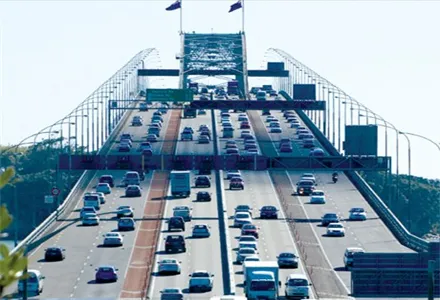Driving test errors will keep three drivers off the roads in South Korea, the US and the UK. In South Korea a 68 year old woman has notched up what may well be a world record, failing her written driving test examination for the 771st time.
February 23, 2012
Read time: 2 mins

Driving test errors will keep three drivers off the roads in South Korea, the US and the UK. In South Korea a 68 year old woman has notched up what may well be a world record, failing her written driving test examination for the 771st time. She first took the test in April 2005. The necessary pass mark is 60% but her scores have ranged from just 30-50%. The woman sells food and other items door to door and currently uses a handcart to transport her goods but is keen to pass the test and start using a car instead. However until she improves her score in the written test, she will not be allowed by the authorities to progress to the practical part of the driving examination.
A woman in the US state of Florida crashed her car into the driving test centre in an incident that ended with 11 injured. Fortunately, there were no serious injuries. The woman had been required to retake a safety examination and was reversing out of a parking space but accelerated too fast and crashed into the building.
Meanwhile in the UK, a woman failed her driving test after accidentally splashing a pedestrian. She was told that she should have stopped to exchange details with her wet victim, who was waiting at a bus stop at the time of the incident. The woman protested that had she swerved to avoid the puddle, there could have been an accident but was told that splashing pedestrians is a traffic offence in the UK. She will now have to sit her driving test for the fourth time.
A woman in the US state of Florida crashed her car into the driving test centre in an incident that ended with 11 injured. Fortunately, there were no serious injuries. The woman had been required to retake a safety examination and was reversing out of a parking space but accelerated too fast and crashed into the building.
Meanwhile in the UK, a woman failed her driving test after accidentally splashing a pedestrian. She was told that she should have stopped to exchange details with her wet victim, who was waiting at a bus stop at the time of the incident. The woman protested that had she swerved to avoid the puddle, there could have been an accident but was told that splashing pedestrians is a traffic offence in the UK. She will now have to sit her driving test for the fourth time.






